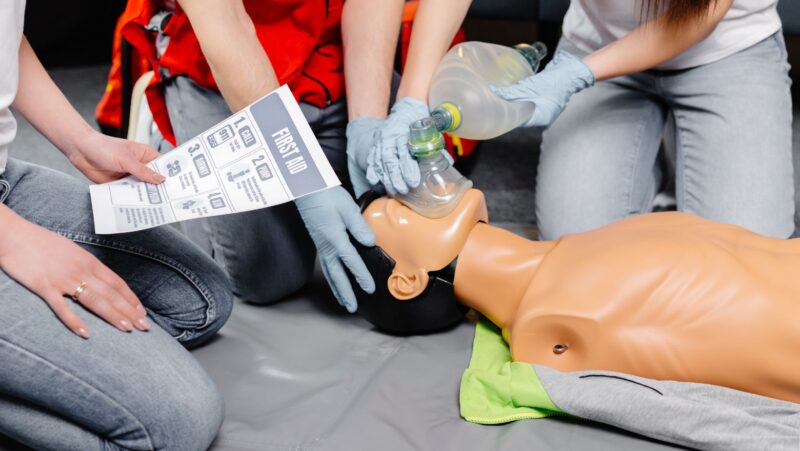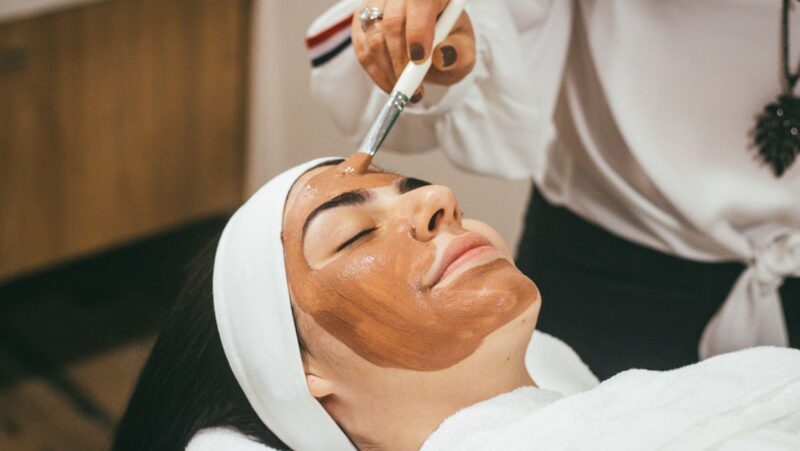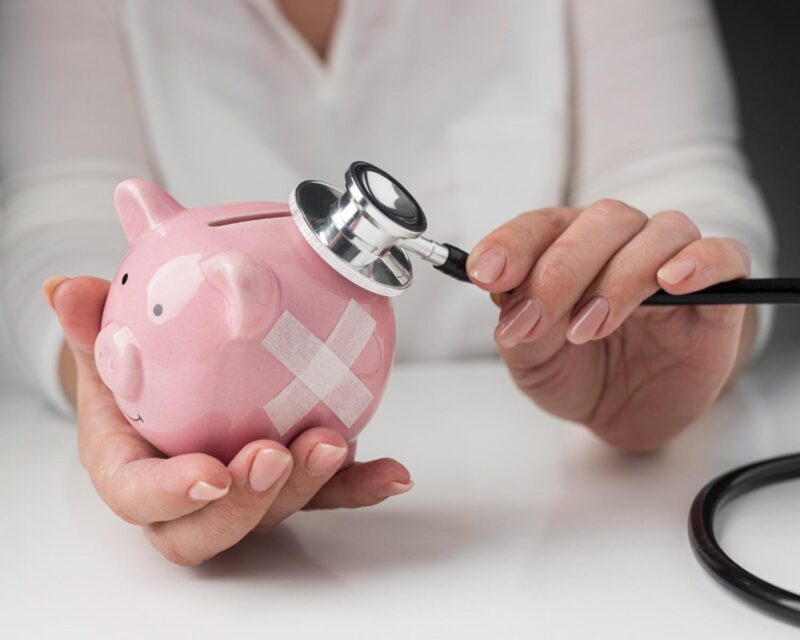
Sexually transmitted diseases (STDs) are usually spread through sexual contact, and regular testing is a vital part of protecting your health. But let’s be honest: many people put it off because the idea seems awkward or intimidating.
The good news? Knowing what to expect, whether it’s a routine check or you’re addressing specific concerns, can make all the difference. No guesswork, no unnecessary stress.
In this article, we’ll walk you through the STD testing process, from preparation to receiving results, so you can feel more confident and informed before your visit.
Why STD Testing Is Important
Many STDs have no symptoms but can cause infertility, organ damage, or heightened HIV risk if untreated. Regular testing enables early treatment, protects partners, and safeguards reproductive health.
Consider STD testing if you have symptoms, engage in unprotected or high-risk sexual activity, have multiple partners, start a new relationship, are pregnant, or were exposed to an STD. This is true even without symptoms, as many infections are asymptomatic.
Normalizing testing reduces stigma, prevents avoidable complications, and slows infection rates. Find STD testing near me online or ask your local health provider directly. Many clinics offer confidential and comprehensive testing services to help you make informed decisions about your sexual health. Some testing sites even provide same-day results and treatment, ensuring quick intervention if needed.
Preparing for Your STD Testing Appointment
First, understand which tests you need to help maintain good sexual health and well-being. Your provider will suggest screenings (like chlamydia, gonorrhea, or HIV) based on your sexual activity and risk factors. Ask about any test-specific preparations required.
For urine tests, don’t urinate for at least one hour before your appointment. This ensures sample accuracy. Follow all other preparation instructions your provider gives you.
Share your complete sexual history honestly, including partners and symptoms. Check insurance coverage or ask about affordable options beforehand to avoid surprises.
What Happens During the Visit?
The testing process varies depending on the STD, but here’s a general breakdown:
1. Consultation & Medical History Review
Your appointment begins with a confidential discussion about your sexual health. The provider will ask specific questions: when you last had sex, any current symptoms (like unusual discharge or pain), whether you’ve had STDs before, and what protection methods you use. These details determine exactly which tests are medically necessary.
All information remains strictly confidential. Complete honesty allows for proper risk assessment, which leads to two important outcomes: the most accurate test selection, and treatment recommendations tailored to your health profile. This process ensures you receive precisely the care you need.
2. Physical Examination
If you have symptoms like sores, rashes, or unusual discharge, the doctor may perform a brief physical exam. For men, this could include checking the genitals; for women, a pelvic exam may be done.
3. Sample Collection
Testing approaches vary by infection type. Blood tests detect HIV, syphilis, and herpes (without visible sores) through a small arm draw. Urine tests screen for chlamydia and gonorrhea using a sterile cup sample.
Swab tests analyze genital, throat, or rectal fluids for gonorrhea, chlamydia, or herpes (with active sores). Women may receive a cervical swab (Pap smear) to identify high-risk HPV strains.
Most procedures are quick and minimally invasive. While blood draws and urine tests are painless, some swabs may cause brief discomfort. Staff will guide you through each step for accurate results.
How Long Do Results Take?
Testing method determines result speed: Rapid HIV/syphilis tests provide same-day results (10-30 minutes), while standard lab tests (chlamydia, gonorrhea, herpes, HPV) typically take 2-7 days. Mail-in home test kits require 1-2 weeks for processing due to shipping and lab analysis time.
Your provider will clearly communicate both the expected timeline and how you’ll receive results – whether through a phone call, secure online portal, or during a follow-up appointment. This ensures you know exactly when and where to access your confidential results.
Receiving Your Results
If your results are negative, this indicates no current infection. Maintain safe sex practices including condom use and consider periodic testing if you have risk factors.
For positive results, bacterial STDs like chlamydia, gonorrhea and syphilis can be treated with antibiotics. Viral infections, including HIV and herpes, cannot be cured but are controllable with proper medication.
Your healthcare provider will review all treatment options with you, explain necessary next steps, discuss any partner notification requirements, and provide guidance for maintaining your health going forward. They will take time to thoroughly explain your results and provide personalized advice for any follow-up care you might need.
Confidentiality and Privacy
STD testing is confidential. Healthcare providers cannot share your results without permission. If you’re a minor, laws vary by state. Some states allow testing without parental consent.
Bottom Line
STD testing is a normal and responsible part of sexual health care. While the idea of getting tested might feel intimidating, the process is straightforward, quick, and often painless. Knowing what to expect makes the process easier. If you’re sexually active, consider making STD testing a routine part of your healthcare. Early detection leads to better outcomes, protects your partners, and ensures peace of mind.













